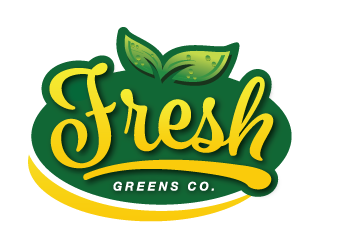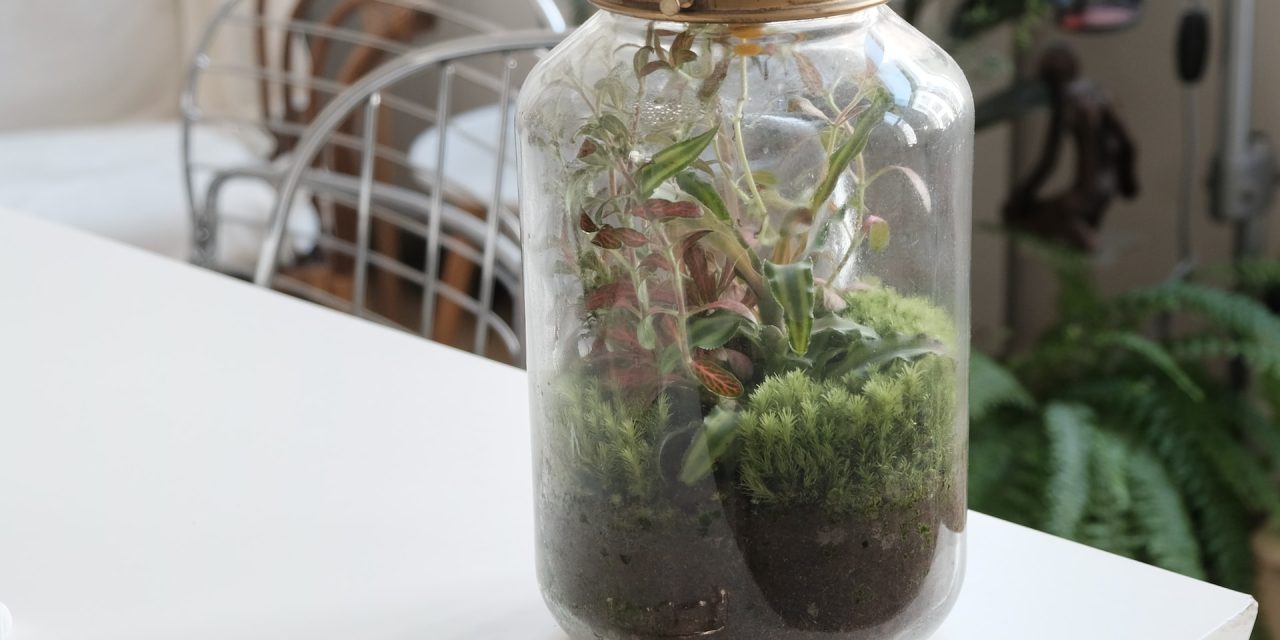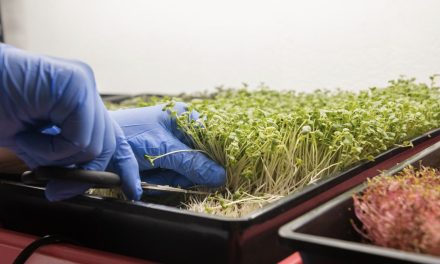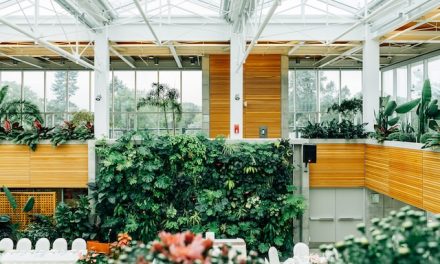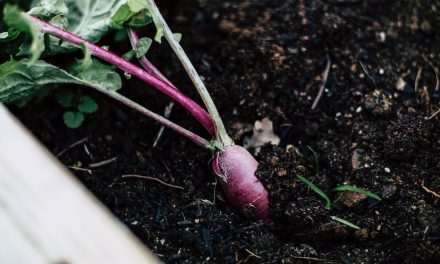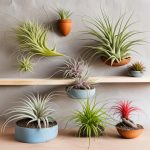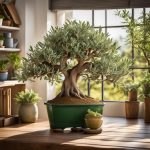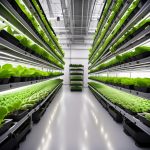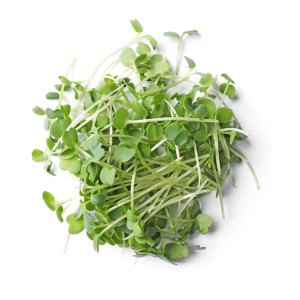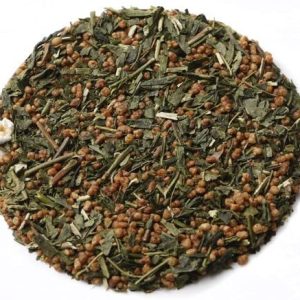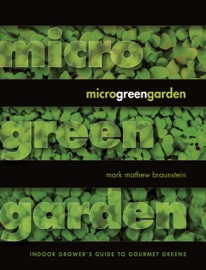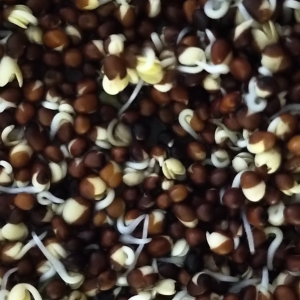Terrariums and mossariums, which serve as miniature ecosystems, can effortlessly infuse any home or office space with a touch of nature. These indoor gardens are low-maintenance, compact, and thrive in indirect sunlight, mirroring the serene beauty of a forest moss landscape indoors. This article will guide you through creating your very own mossarium, a habitat that thrives particularly well in shaded areas, using mood moss as a primary element. We will detail the necessary materials, instruct on building your mossarium, and offer guidance for nurturing your new indoor sanctuary.
What is a Terrarium?
A terrarium is a glass container filled with soil, plants, and other natural elements. It is a self-contained ecosystem that can be closed or open, depending on the plants you choose to include. Terrariums can be made in a variety of shapes and sizes, making them a versatile addition to any decor.
Materials Needed for Terrariums
- Glass container: This can be any size or shape, but should be made of clear glass to allow for sunlight to penetrate through.
- Pebbles or rocks: This will serve as the drainage layer in your terrarium.
- Activated charcoal: This will help keep the soil and plants healthy by filtering the air and water inside the container.
- Soil: Use a potting mix specifically designed for terrariums, which will provide the necessary drainage and aeration for the plants.
- Plants: Choose small plants that thrive in humid environments, such as ferns, mosses, succulents, or air plants.
- Decorative items: Add decorative elements to enhance the look of your terrarium, such as decorative rocks, shells, or figurines.
What is a Mossarium?
A mossarium is a type of terrarium that is specifically designed to grow moss. These miniature gardens can be made in any container that allows for adequate air circulation, such as a glass jar or a shallow dish. Mossariums are an excellent way to create a serene and peaceful environment in your home or office.
Materials Needed for Mossariums
- Glass container: Similar to terrariums, mossariums require a clear glass container.
- Moss: Choose several types of moss, such as sheet moss, cushion moss, or fern moss.
- Soil: Use a potting mix specifically designed for mossariums, which will provide the necessary nutrients and moisture for the moss to thrive.
- Decorative items: Add decorative elements to enhance the look of your mossarium, such as decorative rocks, miniature figurines, or a small water feature.
Building Your Own Terrarium or Mossarium
Once you have gathered all the necessary materials, it is time to build your own terrarium or moss terrarium. The steps for building both are very similar, with the main difference being the type of plants used.
- Step 1: Start with a clean and dry glass container.
- Step 2: Add a layer of pebbles or rocks to the bottom of the container. This will serve as the drainage layer and prevent the soil from becoming waterlogged.
- Step 3: Add a layer of activated charcoal on top of the pebbles. This will help keep the air and water inside the container clean and healthy for the plants.
- Step 4: Add a layer of soil on top of the charcoal. The amount of soil you use will depend on the size of your container and the type of plants you choose.
- Step 5: Plant your chosen plants into the soil, making sure to leave enough space between them to allow for growth. Be sure to choose plants that thrive in humid environments and that will not outgrow the container.
- Step 6: Add decorative elements, such as rocks or figurines, to enhance the design of your terrarium or mossarium.
Terrariums and mossariums are a beautiful and low-maintenance way to bring a touch of nature into your home or office. These miniature ecosystems require very little care, making them perfect for busy individuals who still want to enjoy the beauty of plants and greenery. In this article, we’ll cover everything you need to know to get started with terrariums and mossariums.
Choosing the Right Container
The first step in creating a terrarium or mossarium is choosing the right container. There are a variety of options to choose from, including glass jars, fish tanks, and ceramic pots. When choosing your container, keep in mind the size of the plants you plan to use, as well as the overall aesthetic you want to achieve.
If you are making a mossarium, a shallow dish or glass jar is ideal. This allows for ample air circulation, which is essential for moss growth. If you are making a terrarium with larger plants, choose a container with a wider opening to make it easier to arrange the plants and soil.
Selecting Plants
When selecting plants for your terrarium or mossarium, it’s important to choose species that are well-suited for the environment you plan to create. Look for plants that thrive in high humidity and low light, as these are the conditions typically found in these miniature ecosystems.
For a terrarium, consider using ferns, mosses, and other small plants that can thrive in a moist enclosed environment. For a mossarium, choose a variety of moss species that complement each other and create a beautiful green landscape.
Here are some good options for plants that thrive in humid environments and are suitable for use in a terrarium:
Ferns: Ferns are a popular choice for terrariums because they love the high humidity and indirect light that these environments provide. Some good options include maidenhair ferns, bird’s nest ferns, and button ferns.
Mosses: Mosses are another great option for terrariums, as they require very little light and can thrive in humid conditions. Sheet moss, cushion moss, and fern moss are all good options.
Fittonia: Fittonia, also known as nerve plant, is a colorful and low-growing plant that thrives in humid environments. Its vibrant leaves come in shades of pink, red, and green, making it a great option for adding color to a terrarium.
Peperomia: Peperomia is a low-maintenance plant that comes in a variety of colors and textures, making it a versatile option for terrariums. Its small size and low light requirements make it a great choice for small terrariums.
Air Plants: Air plants, also known as Tillandsias, are a popular choice for terrariums because they require no soil and very little water. They can be mounted on rocks or pieces of driftwood to create a unique and eye-catching display.
Begonias: Begonias are a popular indoor plant that thrives in high-humidity environments like terrariums. They come in a wide range of colors and patterns, making them a great choice for adding interest to your terrarium.
Pilea: Pilea, also known as the Chinese money plant, is a small, easy-to-care-for plant that thrives in humid environments. Its round, shiny leaves make it a popular choice for terrariums.
When selecting plants for your terrarium, be sure to choose plants that have similar light and water requirements. This will make it easier to care for your terrarium and ensure that all of the plants thrive. Additionally, be sure to choose plants that will not outgrow the container, as this can lead to overcrowding and an unbalanced ecosystem.
Creating the Base Layer
The base layer of your terrarium or mossarium is critical to the success of the plants you choose to use. This layer provides the necessary drainage and moisture retention for your plants to thrive.
To create the base layer, start by adding a layer of pebbles or stones to the bottom of your container. This will allow excess water to drain away from the soil, preventing root rot. Next, add a layer of activated charcoal, which will help filter the water and prevent the growth of mold and bacteria.
Finally, add a layer of sphagnum moss on top of the charcoal. This will help retain moisture and prevent the soil from becoming too wet. If you are making a mossarium, skip the soil layer and add more sphagnum moss instead.
Adding the Soil Layer
Once you have your base layer in place, it’s time to add the soil layer. Use high-quality potting soil that is formulated for indoor plants. Fill your container with soil, leaving enough room for your plants to grow.
If you are making a mossarium, skip the soil layer and add more sphagnum moss instead. Moss doesn’t require soil to grow, but it does need a substrate to anchor itself to.
Arranging the Plants
With your base and soil layers in place, it’s time to arrange your plants. Start by placing the largest plants first, and then fill in the gaps with smaller plants and mosses. Be sure to leave enough space between the plants to allow for growth and proper air circulation.
